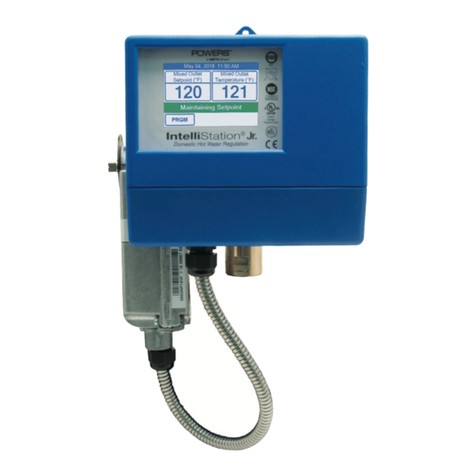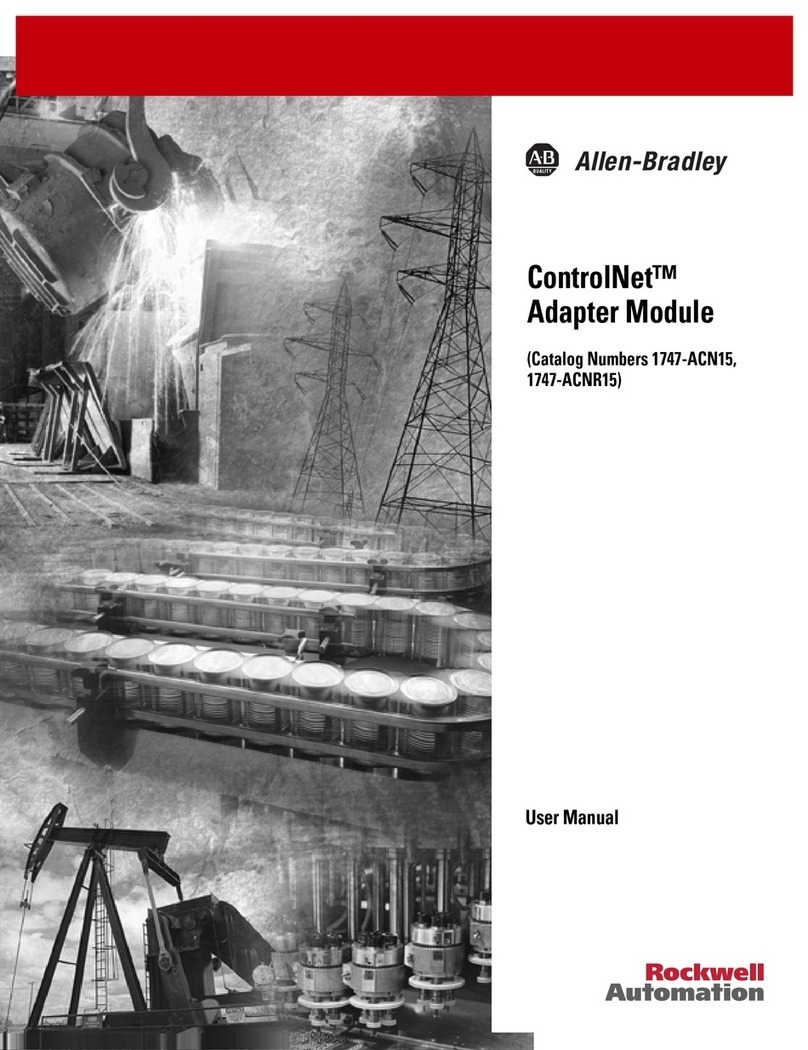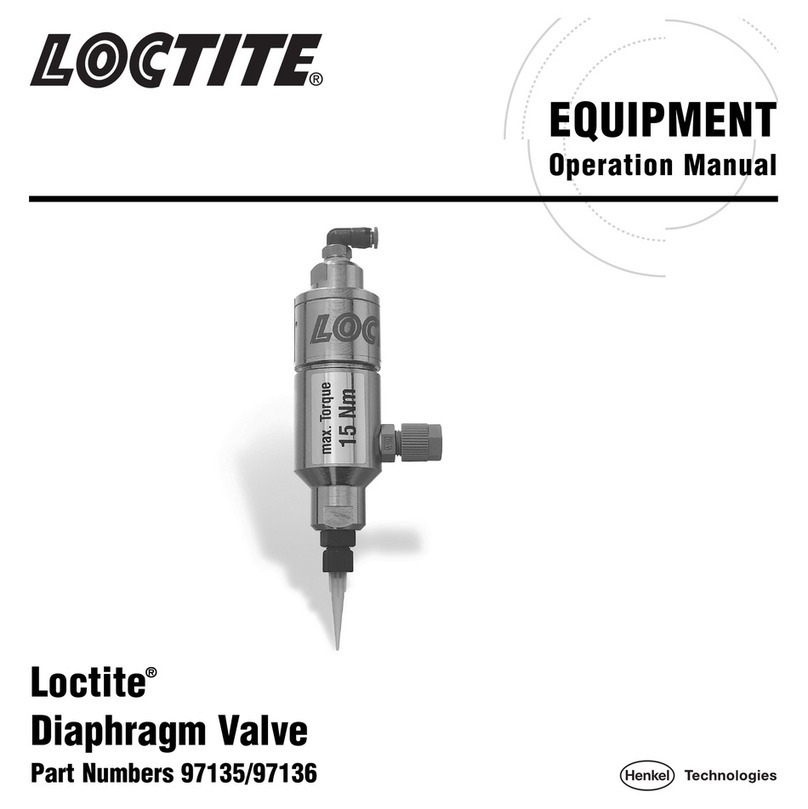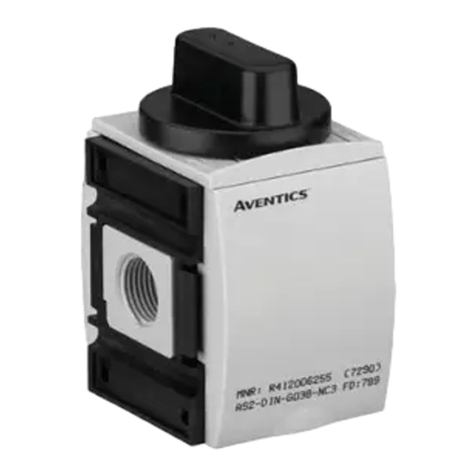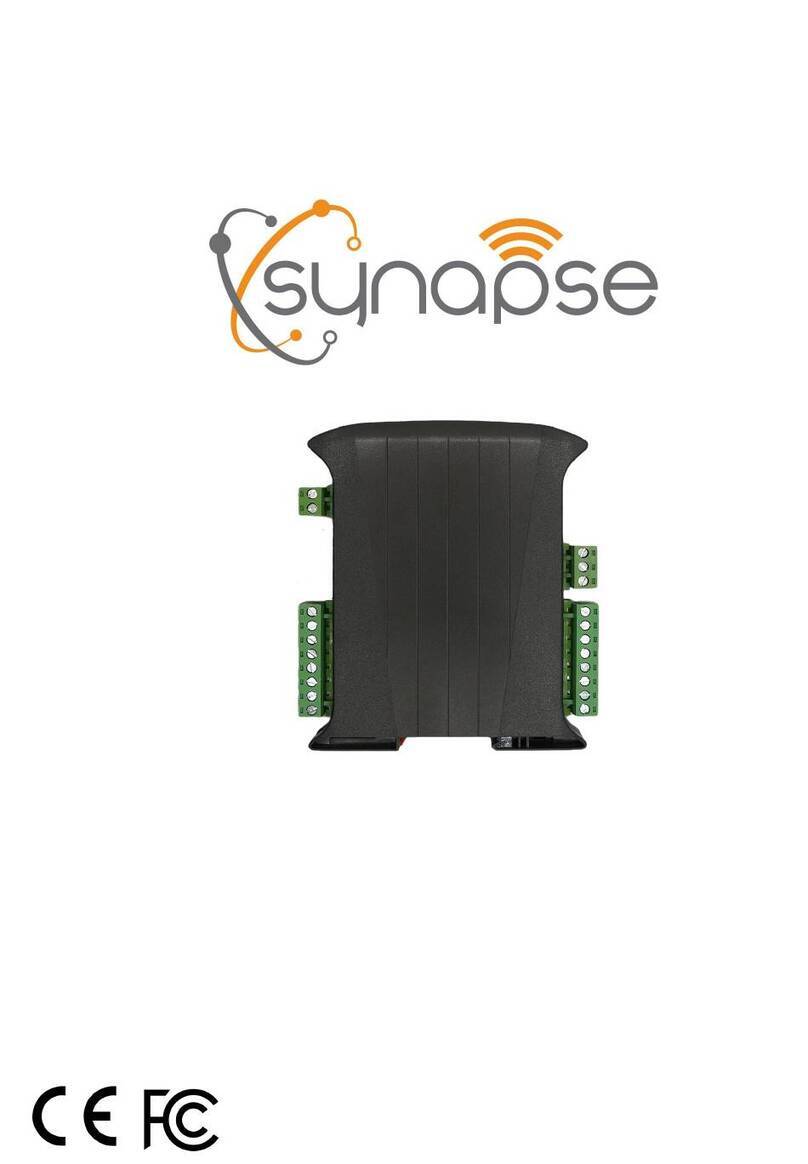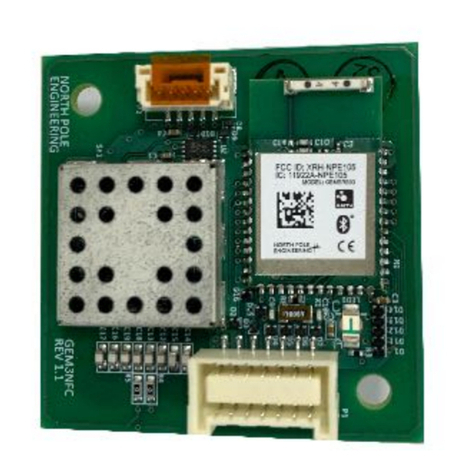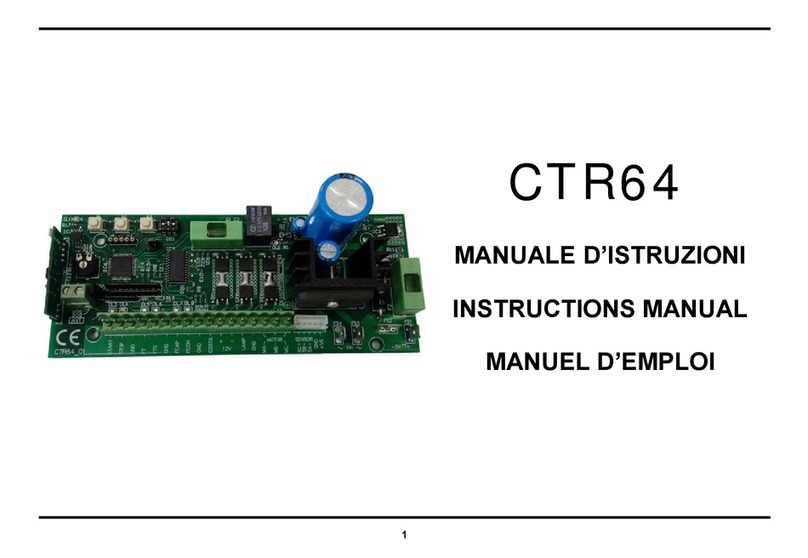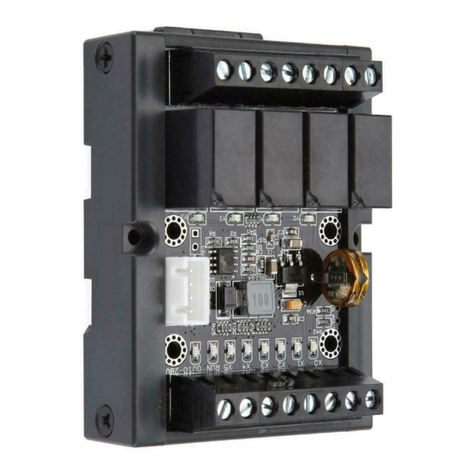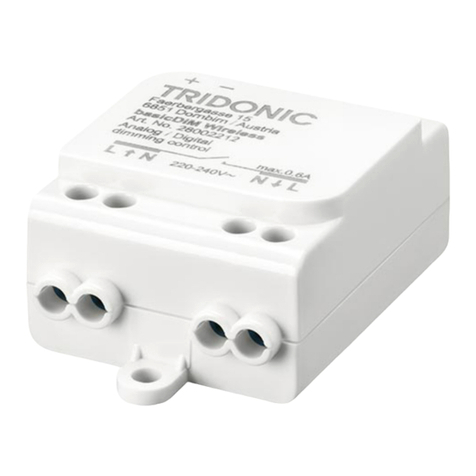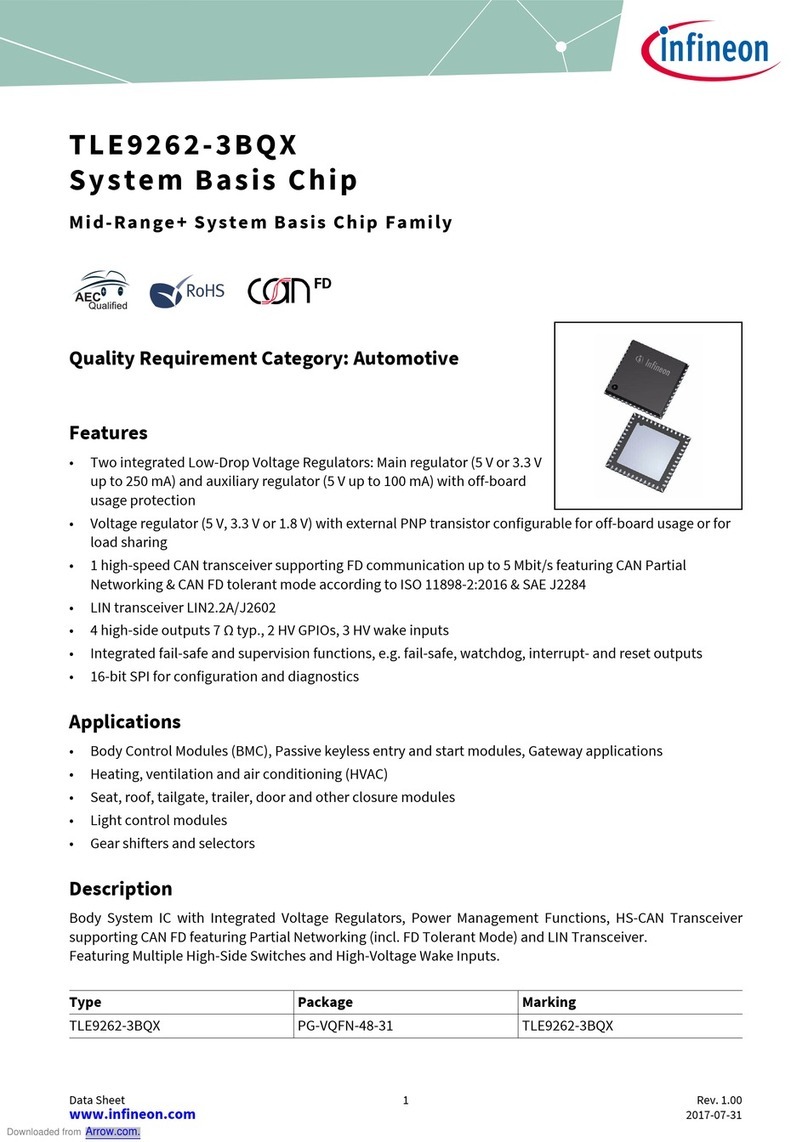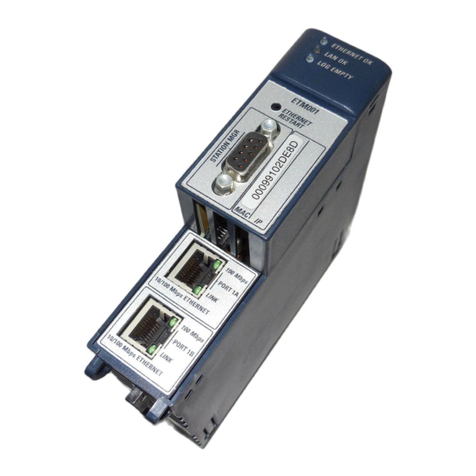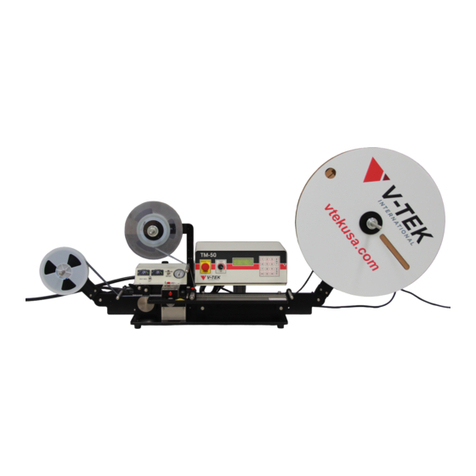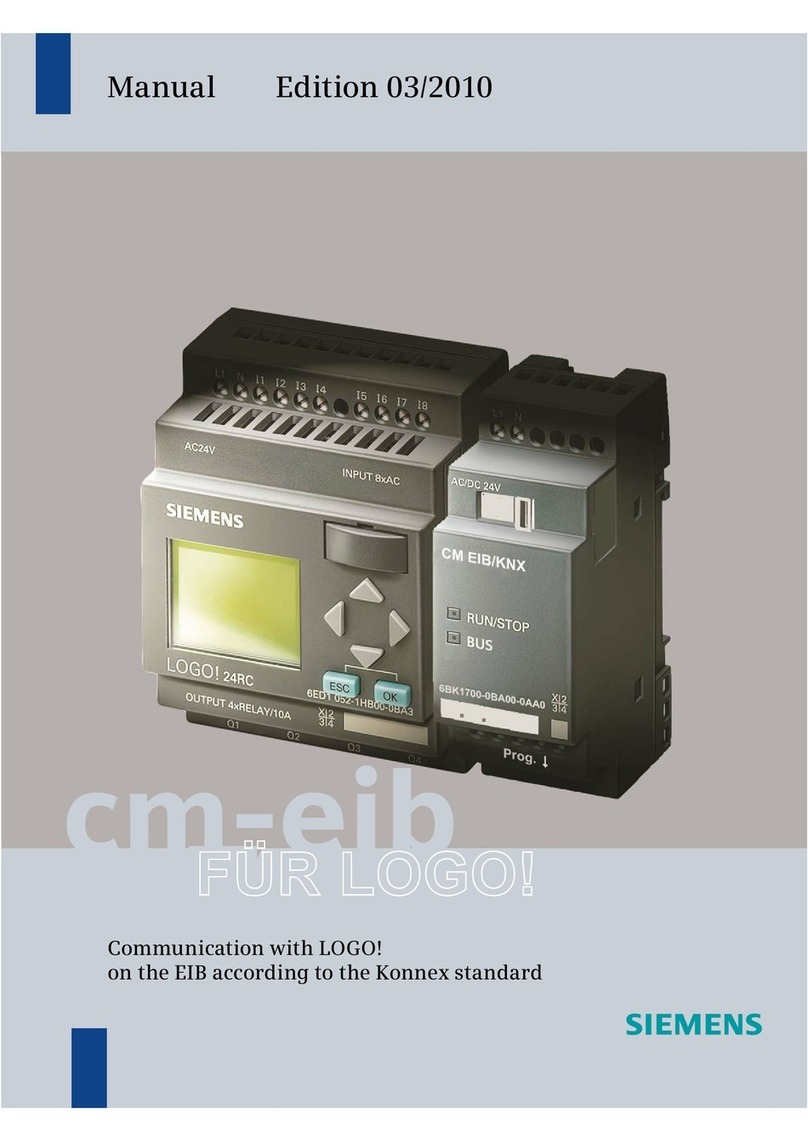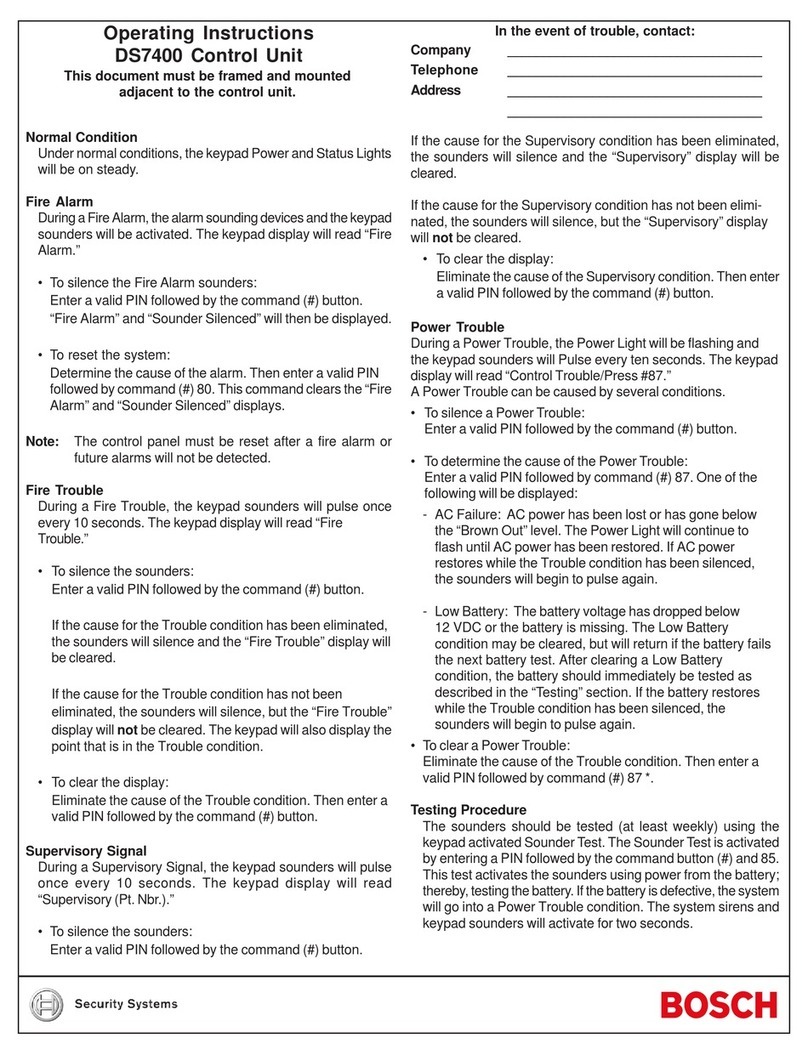Delma SIRIO 3 Technical document

TECHNICAL INSTALLATION MANUAL
FOR AUTOMATIC GATES
WARNING!
Before installing, thoroughly read this manual that is an integral part of this
Kit. BAME S.r.l. declines any responsibilityin the event current standards in
the country of installation are not complied with
The symbol CE conforms with European Directive R&TTE 99/05CE
ELECTRONIC CONTROL UNIT FOR
TWO 12/24 VDC MOTOR
SIRIO 3
12/24

2
1. INTRODUCTION ........................................................................................... 3
2. MAIN FEATURES ......................................................................................... 3
3. TECHNICAL SPECIFICATIONS ................................................................... 3
4. CONNECTION AND SET UP OF THE CONTROL UNIT.............................. 4
4.1 GENERAL DIAGRAM OF SETTINGS AND CONNECTIONS ..................................5
4.2 SIMPLIFIED LEARNING PROCEDURE (also see pages 8-10) .............................. 6
4.3 PROFESSIONAL LEARNING PROCEDURE (see also pages 8-10)...................... 7
5. CONTROL UNIT OPERATING LOGIC (ANALYTIC EXAM) ........................ 8
5.1 PROGRAMMING AND CANCELLATION OF THE REMOTE CONTROLS ............. 8
5.2 OPERATION OF THE SAFETY DEVICES ...............................................................8
5.3 MOTOR SPEED - TRIMMER “FOR” ....................................................................... 9
5.4 DELAY BETWEEN MOTORS - TRIMMER “DEL” .................................................. 9
5.5 “OPENING AND CLOSING” OPERATING MODE .................................................. 9
5.6 “PEDESTRIAN OPENING” FUNCTION................................................................. 11
5.7 “OBSTACLE SENSITIVITY” DETECTION - TRIMMER “OBS”............................. 11
5.8 FLASHING LIGHT .................................................................................................. 11
5.9 GATE OPEN WARNI NG LIGHT.............................................................................11
5.10 SLOW-DOWN ......................................................................................................... 11
5.11 ELECTRIC LOCK ................................................................................................... 11
5.12 COURTESY LIGHT.................................................................................................12
5.13 BUFFER BATTERY – SOLAR PANEL MANAGEMENT .......................................12
5.14 LOGICAL STOP (STP INPUT)................................................................................ 12
5.15 CONTROL UNIT MEMORY FAULT........................................................................ 12
6. SIGNALLING LED....................................................................................... 12
7. PROGRAMMING THROUGH GTSYSTEM................................................. 13
8. TROUBLESHOOTING ................................................................................ 14
SAFETY WARNINGS FOR INSTALLATION AND USE ................................................... 15

3
1. INTRODUCTION
The universal self-learning SIRIO 3 12-24 control unit has been designed for the automation of an access with 1
or 2 12VDC (24VDC)* motors with or without limit switches. Its innovative self-learning procedure makes for
quick and easy installation and its three trimmers permit fine adjustment of all main parameters: force
(or speed), pause time, obstacle detection sensitivity and closing delay between the two leaves of the
gate when two motors are used.
The following are available:
- simplified programming, thanks to which the unit automatically performs a learning operation to acquire
running time and determine slow-down setting at ninety percent of opening and closing runs;
- A professional programming in which the installer can determine the instant in which the gate starts to
slow-down, the enabling of the pedestrian opening via radio, the safety device trigger mode.
2. MAIN FEATURES
• Management and control of 230VAC (max 400W) powered, 1 or 2 motor-driven automated accesses
• Motors closing offset adjustable from 0 to 15 seconds using trimmers
• Double limit switch input open close
• Motor force (speed) adjustable from 50-100%.using a trimmer.
• Customisable partial opening (for pedestrian transit)
• Softstart (slow motor start)
• 1 to 60” stand-by time adjustment via trimmer.
• 0.1 to 3.0” obstacle detection triggering time adjustment via trimmer.
• Initial settings using dip-switches
• Signalling LEDs (8)
• Expansion for electric lock 12V 15W max (optional board ELU)
• Expansion for courtesy light 230VAC 500W max (optional board LCU)
• Built in battery charger with solar panel management
• Box predisposed for optional 12V 1.2Ah battery for emergency manoeuvres (max connectable battery 7Ah)
• Built-in 433MHz rolling-code receiver with 180 memorisable codes
• Flash microprocessor re-programmable on-board via serial interface.
• Programming and control of the control unit using a portable terminal GTSYSTEM (optional)
• Built to European reference Directive Standards (R&TTE 99/05/CE)
3. TECHNICAL SPECIFICATIONS
Transformer power supply: 230VAC
Control unit power: 12VAC (20VAC)*
Motor output: 12 VDC max 2 x 50Watt (24VDC max 2 x 60W)*
Max current peak of motor: 10 Amperes
Accessories power: 12 VDC - 250 mA protected by fuse (see info page 13)
Environmental operating temperature : -20°C / + 55°C
Programming parameters: memorised in EEPROM
BOX IP rating: IP54
(*)When using 24VDC motors, replace the supplied transformer with a 230/20VAC transformer with at least
20VA more power than the motor. The maximum power of the 24VDC motor driven by the control unit is 120W.
Only 12V batteries can be connected to the control unit, so when there is no mains power 24VDC motors will be
powered at 12VDC.

4
4. CONNECTION AND SET UP OF THE CONTROL UNIT
a) Before installing the SIRIO3 12-24 control unit, read the “General safety warnings and notes” (page 13).
b) Fix the box using the special fixing holes.
c) Mount a differential thermo-magnetic circuit breaker 6A (IC=30mA) on the mains supply as specified in
the current reference standards (IC = differential current).
d) Place the supplied cable-ways and insert the cables keeping the power and supply cables separate from
each other.
e) Connect the external accessories making sure that the total of the average absorption of all the
connected accessories is less than the maximum current available (see info page 11).
f) ATTENTION: Connect the limit switches if pr esent; otherwise do not jump inputs FC1, FC2, FO1
and FO2 in the terminal board.
g) ATTENTION: if there are no electrical limit switches and no mechanical stop in opening, proceed
as follows to define the manoeuvre times during learning:
• Press pushbutton 1 of the remote control or pushbutton P1/SET to stop the gate in the desired position.
• Press pushbutton 2 of the remote control or pushbutton P2/SET to stop the gate in the desired position.
h) Check the correct connection and operation of all the accessories connected to the terminal board.
NOTES:
INITIAL FACTORY SETTINGS
If there is no programming, the control unit will operate as follows:
• Step-step mode with automatic closing disabled.
• No slow-down
• Closing safety present
• No opening safety
• Obstacle detection trigger time (OBS) 1 second
• 3 second opening and closing time of the motors
• Safety test disabled
• Kick-back disabled
• Pushbutton 1 of transmitters enabled
• Rapid re-closing disabled
INITIAL SETTING OF THE TYPE OF OPERATOR
Check that the control unit is set for the application requested. When switched on, the red “RAD” LED flashes
for the number of times set in the control unit.
NUMBER OF FLASHES APPLICATIONS
1 Linear actuators
2 Operators with variable lever
(Variable absorption)
To modify the setting proceed as follows:
1. press the P2/RAD pushbutton until the corresponding red “RAD” LED lights up
2. press the P1/SET pushbutton, the control unit switches to another application
3. press the P2/RAD pushbutton again to exit the programming
4. The red “RAD” LED switches off to confirm that programming has been exited.
MOTOR POWER SUPPLY
The control unit adapts itself to run with motors of 12 or 24VDC according to the voltage with which it is
powered.
The SIRIO 3 12-24 control unit is fitted with a toroidal transformer with a 12VAC secondary.

5
-
+
+
-
4.1 GENERAL DIAGRAM OF SETTINGS AND CONNECTIONS
NOTE: The control unit is supplied with a trimmer to adjust the force of the motors set on maximum value
(100%). Maintain this setting, which facilitates installation in difficult conditions (worn-out or not lubricated hinges, stress
points etc.) Afterwards, reduce the force to obtain an operator movement that is slower and requires less force. After
having adjusted the force the learning procedure must be repeated.
Feeler
Signal
Ground
FUSE 10 A
(battery)
Pushbutton
P2/RADIO
Pushbutton
P1/SET
RF MODULE
FUSE 1 A
(Mains)
Transformer 230/12VAC
for motors 12VDC
(Transformer 230/20VAC
for motors 24VDC)
MOTOR
12 VDC max 50W
(24VDC max 60W)
PHO and STP inputs – must
be bridged if not used
Flashing
light 12V 10W
Photocells
TX
RX
Emergency battery
12VDC (max 7Ah)
230 VAC (MAINS)
Install differential
thermo-magnetic
circuit breaker 6A
(IC=30mA)
ELU / LCU
Pushbutton
OPEN
Closing limit switch motor 1
Opening limit switch motor 1
Closing limit switch motor 2
Opening limit switch motor 2
Solar Panel
FUSE 2 A
(accessory)
ON
OFF
SIGNALLING LED
Gate Open LED
12 VDC max
3W
FORCE /
SPEED STANDBY
TIME
SWING
DELAY
OBSTACLE
SENSITIVITY
Pedestrian
opening
STOP
Open/
Step by Step
External 12V
Power supply
DIP SWITCHES
Electric
lock 12V
max 15W
- [] + NC C NO - [] +

6
4.2 SIMPLIFIED LEARNING PROCEDURE (also see pages 8-10)
1. Verify the initial settings.
2. Program the remote controls (if needed) with the gate stopped (green LED GC turned on) according
to the following:
a) Press the program button P2/RAD for two seconds: the red LED “RAD” lights up.
b) Press the desired button on each transmitter.
c) Press the program button P2/RAD to exit the programming mode.
LEARNING START:
Position the
gates half
open
Yellow LED
flashes
Yellow LED stays on
The two leaves briefly
open
If motors turns in reverse,
invert wires and start
procedure again from
RESET.
The second leaf closes
ATTENTION
If first leaf instead of second leaf
closes, exchange the two motors
and repeat the procedure from
RESET
Pause for 1 second
Within 5 seconds, press
the programming button
P1/SET for 1 second
End of learning
procedure
Adjust trimmers if necessary
ATTENTION
A variation of trimmer “FOR” (speed)
requires the repetition of the learning procedure from
RESET (the manoeuvre time changes)
The two leaves close until
mechanical stop or
electrical limit switches.
Yellow LED switches off
The first leaf closes
RESET:
press and hold
the programming
button P1/SET for
2 seconds
1 3
4
5
8
6
7
2
INITIAL SETTINGS OF THE CONTROL UNIT
1
2
Pause time
(PAU)
Obstacle sensitivity
(OBS)
Leaves delay
(DEL)
TRIMMERS
Obstacle
intervention time
from 0,1 to 3 sec.
Closing delay
from 0 to 15 sec.
Force/speed
(FOR)
OPERATOR MODEL SETTING (pag. 4)
3
The two leaves open
until mechanical stop or
electrical limit switches
9
DIP N. Description DIP STATUS Operation
OFF OFF Button 1 of the TX enabled
OFF ON Button 2 of the TX enabled
ON OFF Button 3 of the TX enabled
1, 2 CHRADIO
ON ON Button 4 of the TX enabled
OFF Rapid re-closing disabled
3 FAST ON Rapid re-closing enabled
OFF Lock stroke disabled
4 STRIKE ON Lock stroke enabled
OFF Flashing light fixed
5 LAMP ON Flashing light flashing
OFF OPEN/PAUSE/CLOSE Mode
6 STEP ON STEP by STEP mode
OFF Automatic closing disabled
7 AUTO ON Automatic closing enabled
OFF Safety test disabled
Gate open spy activated
8 PHTEST
ON Safety test enabled
Gate open spy deactivated

7
4.3 PROFESSIONAL LEARNING PROCEDURE (see also pages 8-10)
Using the professional learning procedure the installer can determine:
a) the instant in which the opening and closing slow-down starts
b) the pedestrian function
c) the safety device trigger mode.
When the motor and the safety devices are connected, programme the remote controls to be used (see page 8)
with the gate stopped (green LED GC turned on).
Yellow LED
flashes
Yellow LED
stays on
The two leaves briefly open
If motor turns in reverse,
invert wires and start
procedure again from RESET.
The second leaf then the first leaf close
ATTENTION : if there are no electric limit
switches or mechanical stop in opening see note
4, point g
RESET:
press and hold the
programming button
P1/SET for 2 seconds
Position the
gates half
open
Within 5 seconds, press
the programming button
P2/RAD for 1 second
Stop then
invert
Stop then
invert when
cleared
Yellow LED turns off.
End of learning.
When the slow-down is to
start press button 1 of a
remote control for leaf 1 and
button 2 for leaf 2.
Press P1/SET or
remote control
button 1.
The gate closes
Will pedestrian
function be used?
Press
together
P1/SET and
P2/RAD
Press the button of the remote
control that will be used for the
pedestrian function (different from 1)
Control unit starts pedestrian
opening
Press P1/SET or button 1 of
the remote control to stop
pedestrian opening
Press P1/SET or button 1 of the
remote control
NO YES
only by
wire
Photocell “PHO”
in closing must:
Press P2/RAD or
button 2 of the
remote control
Opening slow-
down
Pedestrian function
Safety
intervention in
closing
Safety intervention
in opening
The “EDG” safety in
opening must:
Stop then
open when
cleared
Stop then
invert for 2
sec.
Press P1/SET or
remote control
button 1
Press P2/RAD or
button 2 of the
remote control
Electric limit switch
or mechanical stop
triggering
YES
NO End of opening
When the slow-down is to
start press button 1 of a
remote control for leaf 1
and button 2 for leaf 2.
Closing slow-
down
Electric limit switches
or mechanical stop
intervention
YES
NO
End of closing
Adjust trimmers if necessary.
ATTENTION
A variation of trimmer “FOR” (speed) requires the repetition
of the learning procedure from RESET.
MANUAL INTERVENTION TO CHANGE THE FUNCTIONS
YES
by radio
+ by wire
The gate opens
Control unit carries out
STOP and re-closing

8
5. CONTROL UNIT OPERATING LOGIC (ANALYTIC EXAM)
5.1 PROGRAMMING AND CANCELLATION OF THE REMOTE CONTROLS
With the receiver built into the control box, BAME rolling code remote Joy and Style can be learned.
5.1.1 Programming
Power the control panel and with the automation stopped (green LED GC turned on):
• Press the “P2/RAD” pushbutton: the red LED lights up to indicate that the programming is activated.
• Make a transmission by pressing one of the pushbuttons on the transmitter
• The code is memorised. During code insertion, the red LED flashes slowly. At t he end, the red LED returns
to a fixed light to indicate that a new remote control can be inserted.
• Memorise all the transmitters by carrying out a transmission with a chosen channel.
• At the end of the operation press the “P2/RAD” pushbutton again to exit the procedure. The red LED
switches off.
ATTENTION: The exit from the procedure occurs automatically 10 seconds after the last transmission.
5.1.2 Total cancellation of the codes
• Press and hold down the “P2/RAD” pushbutton for 3 seconds; the red LED starts flashing quickly.
• Press the “P2/RAD” pushbutton again (within 6 seconds) to confirm the cancellation. The confirmation is
signalled when the red LED starts flashing more rapidly.
5.1.3 Enabling new remote “Rolling Code” transmitters (RPA)
To enable a new transmitter without intervening on the receiver, a transmitter already enabled for the
authorisation must be used (MPSTP2E, MPSTL2E, MPSTL4E, MT2E, MT4E, TRQ2 or TRQ4).
• With this authorised transmitter, press and release the RPA learning pushbutton (also see the instructions of
the TX used).
• Carry out this operation 5-6 metres from the receiver (the LED signals the activation).
• Transmit by pressing one of the channel pushbuttons of the new transmitter to be enabled.
• Enable all the new transmitters by pressing a pushbutton on each one of them.
• The exit from the procedure occurs automatically 10 seconds after the last transmission.
• Check the effective programming of the transmitters by carrying out an opening manoeuvre with each of
them.
5.1.4 Choosing the transmitter pushbutton
To select the radio channel that will activate the manoeuvre cycle set DIP 1 and 2 as follows:
DIP- SWITCH 1 DIP- SWITCH 2 Pushbutton Active
OFF OFF Pushbutton 1
OFF ON Pushbutton 2
ON OFF Pushbutton 3
ON ON Pushbutton 4
5.2 OPERATION OF THE SAFETY DEVICES
5.2.1 Photocell (PHO input)
When triggered, the photocell provokes:
- in closing phase, an inversion of the motion, either immediate or when cleared, according to the programming,
- in opening phase it has no effect,
- when the access is closed it has no effect on the opening commands if set for immediate inversion,
otherwise it delays the opening until it is cleared,
- if the access is open it inhibits the closing commands.
The control unit has a function of rapid access closing after the triggering of the photocell (see paragraph 5.3.4).
5.2.2 Safety in Opening (EDG/PED input)
Safety devices can be connected (self-testing or not) to the “EDG/PED” input on the control unit (e.g. fixed wire
ribs, pneumatically-operated ribs, etc.).
The safety acts as follows:
- in closing phase it has no effect
- in opening phase it provokes an inversion of direction for 2 seconds,
- when the gate is closed the opening commands are inhibited,

9
- when the gate is open the closing commands are inhibited,
Using the professional learning, the EDG/PED input can be set as internal photocell:
- in closing phase it provokes an inversion of direction when cleared,
- in opening phase it provokes a STOP and opening continues when cleared,
- when the gate is closed it delays opening until it is cleared,
- when the access is open it inhibits the closing commands.
5.2.3 Safeties Self-test
The control unit has a self-test function of the safeties connected to the “PHO” input of the control unit; it
switches off the transmitter to check the commutation of the corresponding receiver contact before the
execution of each manoeuvre. In this case, the “gate open warning light” is not available.
To activate this self-test function proceed as follows:
- switch DIP 8 “PHTEST” to ON
- connect the positive of the photocell transmitter power to terminal 10 (“+TX”)
With the Self-test function active the photocell transmitters are only powered when the manoeuvre is
taking place, thus giving a major saving of energy.
If the enabling of the safety self-test is not required
- switch DIP 8 “PHTEST” to OFF
- connect the positive of the photocell transmitter power to the terminal 9 (“+V”)
5.3 TRIMMER “FOR”- MOTOR SPEED
Trimmer “FOR” adjusts the voltage applied to the motors during operations, which means adjusting the speed of the motors.
With the trimmer turned fully counter-clockwise the speed of the motor if 50% of the maximum speed.
With the trimmer at half travel the speed of the motor if 50% of the maximum speed.
ATTENZION: Changing the setting of trimmer “FOR” requires repeating the learning procedure, since
the travel times and the slow-down start times change.
EXAMPLE
Speed 50%
EXAMPLE
Speed 75%
EXAMPLE
Speed 100%
5.4 TRIMMER “DEL”- DELAY BETWEEN MOTORS
Trimmer “DEL” can be used to adjust the delay between the two motors in opening and closing operations.
If the trimmer is turned fully counter-clockwise, the delay is 0 both in opening and in closing, and the two leaved
will move together. In all the other positions of the trimmer, the delay in opening is 3 seconds and the delay in
closing varies from 0 to 15 seconds according to the position of the knob.
EXAMPLE
delay 0 in opening
delay 0 in closing
EXAMPLE
delay 3 seconds in opening
delay 7 seconds in closing
EXAMPLE
delay 3 seconds in opening
delay 15 seconds in closing
5.5 TRIMMER “PAU” - “OPENING AND CLOSING” OPERATING MODE
5.5.1 Time controlled automatic closing mode
Switch the dip-switch 6 to OFF and the dip-switch 7 to ON.
Set the “PAU” trimmer in an intermediate position according to the pause time desired. The pause time can be
set between 3 and 60 seconds and is increased by rotating the trimmer clockwise.
EXAMPLE
pause time about 1 sec.
EXAMPLE
pause time about 30 sec.
EXAMPLE
pause time about 60 sec.
In this mode, if a command is received via radio or via the “STR” input, the control unit does the following:
- drives the two motors without 2nd motor delay if the DEL trimmer is turned fully counter-clockwise, with a
2nd motor delay of 3 seconds for all the other positions of the DEL trimmer
- drives the motors for one second at reduced speed (softstart) and then at the speed set on the FOR trimmer.

10
- opening stops when the limit switches or the obstacle detection system intervenes or when the manoeuvre
time has elapsed. If other commands are given during opening they will have no effect.
- with the automation stopped and in automatic pause each time the timer re-starts from zero.
Once the pause time has elapsed, the closing manoeuvre takes place and the control unit:
- carries out a 1 second fixed pre-flash
- drives the two motors with a 2nd motor delay as set on the DEL trimmer
- drives the motors for one second at reduced speed (softstart) and then at the speed set on the FOR trimmer.
- if another command is given during closing the control unit commands a complete re-opening.
- closing stops when the limit switch or the obstacle detection system intervenes or when the manoeuvre time has elapsed.
ATTENTION: Maintaining the opening contact (“STR” terminal) closed, with a temporised relay for
example, the control unit will command opening and the automation will remain open with automatic
closing disabled until the contact is re-opened again (Company Function).
5.5.2 Step by step mode without automatic closing
Switch the dip-switch 6 to ON and the dip-switch 7 to OFF.
The step by step command sequence is OPEN-STOP-CLOSE-STOP
The opening and closing manoeuvres take place as described in the previous paragraph.
5.5.3 Step by step mode with automatic closing
Switch the dip-switch 6 to ON and the dip-switch 7 to ON.
The step-step logic is OPEN/STOP/CLOSE/STOP.
When the opening manoeuvre has been completed and the pause time set on the PAU trimmer has elapsed the
control unit effects automatic closing. If, when the automation is closed, a radio command is given, either
through the “STR” input command or the START pushbutton on the board, the control unit:
- commands a one second fixed pre-flash
- drives the two motors without 2nd motor delay if the DEL trimmer is turned fully counter-clockwise, with a
2nd motor delay of 3 seconds for all the other positions of the DEL trimmer
- drives the motors for one second at reduced speed (softstart) and then at the speed set on the FOR trimmer.
- opening stops when the limit switch or the obstacle detection system intervene or when the manoeuvre time
has elapsed or with a radio or manual command. In the latter case the control unit disables the automatic
closing and another command must be given to re-start the manoeuvre. If the automation is completely open,
once the pause time has elapsed the closing manoeuvre takes place. The control unit:
- commands a 1 second fixed pre-flash
- drives the two motors with a 2nd motor delay as set on the DEL trimmer
- drives the motors for one second at reduced speed (softstart) and then at the speed set on the FOR trimmer.
- closing stops when the limit switch or the obstacle detection system intervenes or when the manoeuvre time has elapsed.
5.5.4 Automatic closing and rapid re-closing mode
Switch the dip-switch 6 to OFF and the dip-switch 7 to ON.
Switch the dip-switch 3 to ON.
The control unit does the following:
a) if the photocell is triggered during opening, the control unit continues the opening, and when the photocell is
cleared effects a STOP followed, after one second, by the re-closure.
b) if the photocell is triggered during standby with the gate open, when the photocell is cleared, after one
second, automatic re-closure occurs.
c) if the photocell is triggered during closure, the control unit effects an inversion and, when the photocell is
cleared, it effects a STOP followed, after one second, by the re-closure.
If during the opening cycle or during the pause the photocell is not triggered, the pause time is as set on the
“PAU” trimmer.
5.5.5 OPEN-CLOSE-OPEN mode
Switch the dip-switch 6 to OFF and the dip-switch 7 to OFF.
If, when the automation is closed, a radio command is given, either through the “STR” input command or the
START pushbutton on the board, the control unit:
- commands a one second fixed pre-flash
- drives the two motors without 2nd motor delay if the DEL trimmer is turned fully counter-clockwise, with a
2nd motor delay of 3 seconds for all the other positions of the DEL trimmer
- drives the motors for one second at reduced speed (softstart) and then at the speed set on the FOR trimmer.
- opening stops when the limit switch or the obstacle detection system intervenes or when the manoeuvre time
has elapsed. If other commands are given during opening they will have no effect.
When the automation is completely open, to start closing give a radio or manual command and the control unit:
- commands a 1 second fixed pre-flash
- drives the two motors with a 2nd motor delay as set on the DEL trimmer
- drives the motors for one second at reduced speed (softstart) and then at the speed set on the FOR trimmer.

11
- if a command is given during closing the control unit commands the complete re-opening
- closing stops when the limit switch or the obstacle detection system intervenes or when the manoeuvre time has elapsed.
5.6 “PEDESTRIAN OPENING” FUNCTION
The pedestrian function can be assigned with the professional learning to channel 2/3/4 of the remote control.
With a “PEDESTRIAN OPENING” (“EDG/EDG” terminal) command on the input, the control unit commands an
opening for the first leaf for a time of:
- 5 seconds if no learning has been carried out,
- complete opening if a simplified learning has been carried out
- that set by the installer if a professional learning has been carried out.
Closing is triggered by a manual command,or automatically if the automatic closing function is enabled. The complete
opening command has always priority over the pedestrian opening, therefore if, during a pedestrian manoeuvre a
complete opening command is received, the control unit will command a complete opening of the automation.
5.7 TRIMMER “OBS” - “OBSTACLE SENSITIVITY” DETECTION
The “OBS” TRIMMER is used to adjust at the same time the delay time of intervention after an obstacle has
been detected and the threshold of the counter-force against the operator necessary to trigger the intervention.
Both the counter-force and the delay time increase when the trimmer is turned clockwise. The delay time
can be adjusted between 0.1 and 3 seconds. This function is useful to overcome any critical points of the
operator which cause a higher power absorption by the motor for a short time.
EXAMPLE
delay time about 0,1 sec.
EXAMPLE
delay time about 1,5 sec.
EXAMPLE
delay time about 3 sec.
If electric limit switches are present, the obstacle detector will provoke an inversion of the motion in closing
and a 2 second inversion in opening.
If there are no electric limit switches the obstacle detector provokes:
- in closing an inversion of the motion unless it is in the last five seconds of the manoeuvre, where does a STOP
- in opening an inversion of the motion for 2 seconds unless it is in the last five seconds of the manoeuvre,
where does a STOP.
5.8 FLASHING LIGHT
The control unit has two output terminals (LAMP) to command a low voltage flashing light. The light start flashing 1
second before each opening manoeuvre and 1 second before each closing manoeuvre.
If the dip-switch 5 is in the OFF position the power supply to the flashing light is continuous. Therefore the terminals
must be connected to a low voltage flashing light with a built-in oscillating circuit.
If the dip-switch 5 is in the ON position the power supply is intermittent and therefore a normal lamp without
oscillating circuit can be connected (12VDC, Max 10W). During the closing manoeuvre, the flashing frequency is
twice as fast as that during opening.
The flashing light is only activated during movement. If AC mains power supply is missing and the unit
works under battery power supply, the flashing light will only flash for the first 4 seconds of the manoeuvre.
5.9 GATE OPEN WARNING LIGHT
If the safety device self-test is not used (DIP 8 “PHTEST” is OFF), the output +TX (terminal 10) acts as a
GATE OPEN WARNING LIGHT. Connect a 12V lamp (m ax. 3W) to terminals 10 (“+TX”) and 9 (“COMMON”) of
the control unit. The status of the lamp is as follows:
- If the access is closed the light is switched off
- If the access is open or opening the lamp is alight with a fixed light
- If the access is closing the lamp flashes
5.10 SLOW-DOWN
The slow-down function allows the gate to apply a reduced force before reaching the limit stop. The speed is
reduced to about one third of the normal working speed.
The slow-down function can be enabled or not during the Professional Learning procedure. With this control unit
the slow-down start can be selected independently for the two leaves, both in opening and closing.
5.11 ELECTRIC LOCK
Using the ELU expansion card an electric lock can be managed. The contact given by the ELU card is clean
and allows the managing of electric locks of 12 or 24 Volt max.15W according to the output voltage of the
transformer. The command is given before every opening manoeuvre for 2 seconds, and before every re-
opening caused by the triggering of a photocell or safety device.

12
Using dip-switch 4 on the card, the kick-back and the final stroke at the end of the closing manoeuvre can be
enabled or not.
Dip-switch 4 in ON position: kick-back and final stroke enabled
Dip-switch 4 in OFF position: kick-back and final stroke disabled.
5.12 COURTESY LIGHT
Using the LCU expansion card a courtesy light can be managed. The contact given by the LCU card is clean
and allows a 230VAC max.500W lamp to be managed. The command to switch on the courtesy light is given
before every manoeuvre and the contact remains activated for about 120 seconds from opening.
5.13 BUFFER BATTERY – SOLAR PANEL MANAGEMENT
The SIRIO 3 12-24 control unit is fitted with an automatic 13.7VDC battery charger, for which a 12V battery
must be used, even for 24VDC motors. In this case, when there is no mains power the gate will travel at half
normal speed and the accessories will be powered at 12VDC. The 12V 1.2Ah buffer battery allows a maximum
of 5 reduced-speed manoeuvres should the mains power supply be cutoff (as long as the interruption
occurred less than 24 hours earlier). The control unit can manage batteries up to 7Ah (20-30 complete
manoeuvres). The flashing light, when present, only functions for the first 4 seconds of the manoeuvre. A solar
panel can be directly connected to the control unit with a current regulator. The solar panel input is already
protected by a diode.
5.14 LOGICAL STOP (STP INPUT)
The activation of the STOP input stops all the functions.
To resume the cycle the STOP must be deactivated and another command given.
5.15 CONTROL UNIT MEMORY FAULT
The EEPROM memory contains the control unit operating parameters, the codes, the logic and the memory of
the radio receiver. When the control unit is turned on, should there be a fault in the EEPROM memory, the red
LED flashes and all manoeuvres are blocked.
The Reset function must be executed (press and hold the programming button P1/SET for 2 seconds, until the
yellow LED flashes).
If the red LED turns of, the EEPROM is good, but all programming of parameters and learning of transmitters
must be done again.
If the red LED still flashes, an authorised service centre should be contacted.
6. SIGNALLING LED
Yellow led SET:
- flashes for 5 seconds when turned on to indicate that it is possible to enter the Professional or Simplified
Learning modes.
- lights up with a fixed light while Professional or Simplified Learning are carried out.
- is turned off when the control unit functions normally.
Red led ER:
- is turned off during normal control unit operations
- is alight (fixed light) when the control unit is blocked because it has failed the safety test or a motor is
disconnected
Red led RAD:
- flashes briefly when a 433 MHz Multipass radio code is received
- is alight (fixed light) when radio codes are being memorised
- flashes rapidly when the control unit is switched on and the radio code memory is defective
- flashes rapidly during the cancellation of radio codes
- flashes slowly when there is an attempt to memorise new radio codes and the memory is full
- is switched off when the control unit is functioning normally and waiting to receive a command via radio.
Green led GC:
- is alight (fixed light) when the automation is completely closed
- flashes during the closing manoeuvre
- otherwise it is switched off
Red led GO:
- is alight (fixed light) when the automation is open.
- flashes during the opening manoeuvre
- otherwise it is switched off
Red led PH:
- is alight when the photocell (PHO input) is aligned
- is switched off when the photocell (PHO input) is not aligned
Red led ST:
- is alight when the STOP (STP) input is closed
- is switched off when the STOP (STP) input is open.

13
Green led START:
- is alight when the OPEN/STEP/STEP (STR) input is closed.
- is switched off when the OPEN/STEP/STEP (STR) input is open.
7. PROGRAMMING THROUGH GTSYSTEM
The GTSYSTEM is an autonomous multi-functional terminal that can be used on various BAME products both
for testing and function modification. In the case of SIRIO3 12-24 control unit, it allows:
• modification or visualisation of operating parameters,
• visualisation of the counter of completed manoeuvres,
• visualisation of the control unit status and diagnostic messages.

14
8. TROUBLESHOOTING
PROBLEM PROBABLE CAUSE REMEDY
230 volt mains voltage absent Check master switch
Emergency STOP present Check for any STOP commands
connected to the STP input.
There is no jumper between the STP
input and the common.
If not used, check if there is a
jumper on the STP input.
One of the fuses is burnt out. Replace the fuse with one of the
same value.
On giving a command with the
remote control or with the key-
switch, the gate does not open.
Motor power cable not connected or
faulty.
Check the connection of the cable
in the terminal board or replace it.
The photocell, if present, is
obstructed or not functioning.
Check, clean the photocell or
remove the obstacle.
The photocell is missing and there
is no jumper between the PHO input
and the common.
Check the accessory connections
and the presence of the “jumper”.
The gate opens but does not close.
A key selector NC contact has been
used instead of an NO contact to
connect to the STR input
Check the connections.
The operator functions by wire but
not with the remote control.
The remote control has not been
memorised or is broken or the
battery is flat.
Check/change the battery.
Carry out the remote control
acknowledgement procedure.
Check the lack of mains voltage.
The flashing light only functions for
4 seconds and the gate moves
slowly (only with a 12V optional
battery fitted).
No mains voltage: the control unit
functions with the battery. Functioning is normal because it is
only powered by the battery.
Check if the leaves are in axis,
lubricate if necessary.
Increase the trigger threshold by
turning the OBS trimmer clockwise.
The gate moves then stops, both in
opening and closing.
The motor force is insufficient
and/or the trigger threshold of the
OBS is too low.
If it is not sufficient, increase the
FOR trimmer clockwise and
reprogram from RESET
Remove any obstacles from the
gate; restore the hinges, replace or
lubricate them.
There is an obstacle in front of the
gate; the hinges are blocked; a
motor fixing bracket has detached.
Check the motor fixings.
Check the electrical connection.
Check the correct positioning.
When commanded, the motor starts
but the gate does not move.
The electric lock, if present, does
not work (does not open).
Lubricate the mechanism.
N.B.: If the problem persists, contact your Retailer or the nearest Service Centre.
ATTENTION: Before sending a remote control to be repaired, check that the batteries are not flat. 50% of
all remote controls that return for servicing only have flat batteries.

15
SAFETY WARNINGS FOR INSTALLATION AND USE
These warnings are an essential, integral part of the product and must be given to the user. They provide
important indications on the installation, use and maintenance and must be read carefully. This form must be
preserved and passed on to subsequent users of the system. The incorrect installation or improper use of the
product may be dangerous.
INSTALLATION INSTRUCTIONS
• The installation must be performed by professionally skilled personnel and in compliance with current local,
state, national and European legislation.
• Before beginning the installation, check the integrity of the product.
• The laying of cables, electrical connections and adjustments must be workmanlike performed.
• The packing materials (cardboard, plastic, polystyrene, etc.) are a potential hazard and should be disposed
of correctly and not left within reach of children.
• Do not install the product in potentially explosive environments or environments disturbed by electromagnetic
fields. The presence of inflammable gases or fumes is a grave danger to safety.
• Set up a safety device for overvoltage, a disconnecting and/or differential switch suitable for the product and
conforming to current standards.
• The manufacturer declines any and all responsibility for product integrity, safety and operation in the event
incompatible devices and/or components are installed.
• Solely original spare parts should be used for repairs and replacements.
• The installer must provide all the information relative to the operating, maintenance and use of the individual
components and the complete system as specified in the MACHINE LEGISLATION (see regulations EN
12635, EN 12453 and EN 12445).
MAINTENANCE
• To ensure product efficiency, it is essential that professionally skilled personnel carry out maintenance
within the times established by the installer, the manufacturer and by current legislation.
• All installation, maintenance, repairs and cleaning operations must be documented. This documentation
must be preserved by the user, and made available to the personnel responsible for the control.
WARNINGS FOR THE USER
• Read the instructions and enclosed documentation carefully.
• The product must be used for the express purpose for which it was designed. Any other use is considered
improper and therefore hazardous. In addition, the information given in this document and in the enclosed
documentation may be subject to modifications without prior notice. It is given as an indication only for
product application. BAME S.r.l. declines any responsibility for the above.
• Keep products, devices, documentation and anything else provided out of reach of children.
• In the event of maintenance, cleaning, breakdown or faulty operation of the product cut off the power and
do not attempt to operate on the product except when indicated. Contact professional personnel, competent
and suitable for the task. Failure to adhere to the above indications may be dangerous.
WARRANTY LIMITS
The warrantee is valid for 24 months from the date indicated in the sales document and its validity is limited to
the original purchaser. It does not cover the following eventualities: negligence, incorrect or improper use of the
product, use of accessories not conforming to the manufacturer's specifications, tampering by the customer or
third parties, natural causes (lightning, floods, fire, etc.), riots, vandalism, modifications to the environmental
conditions of the installation site. Nor does the warranty cover parts subject to wear (batteries, oil etc.). Products
returned to BAME S.r.l. for repair shall only be accepted carriage paid. BAME S.r.l. shall return the repaired
product to the sender carriage forward. Otherwise the goods will be refused on receipt. The purchase of the
product implies the full acceptance of all the general terms of sale.

BAME s.r.l. - Via L. da Vinci, 23 - 46020 SAN GIACOMO SEGNATE (MN) - ITALY
Tel. +39 0376 616 638 - Fax +39 0376 629 456 - http://www.bame.it - http://www.delma.it
Unità locale: Via Enrico Berlinguer, 6 - 63844 GROTTAZZOLINA (FM) - ITALY
Table of contents

